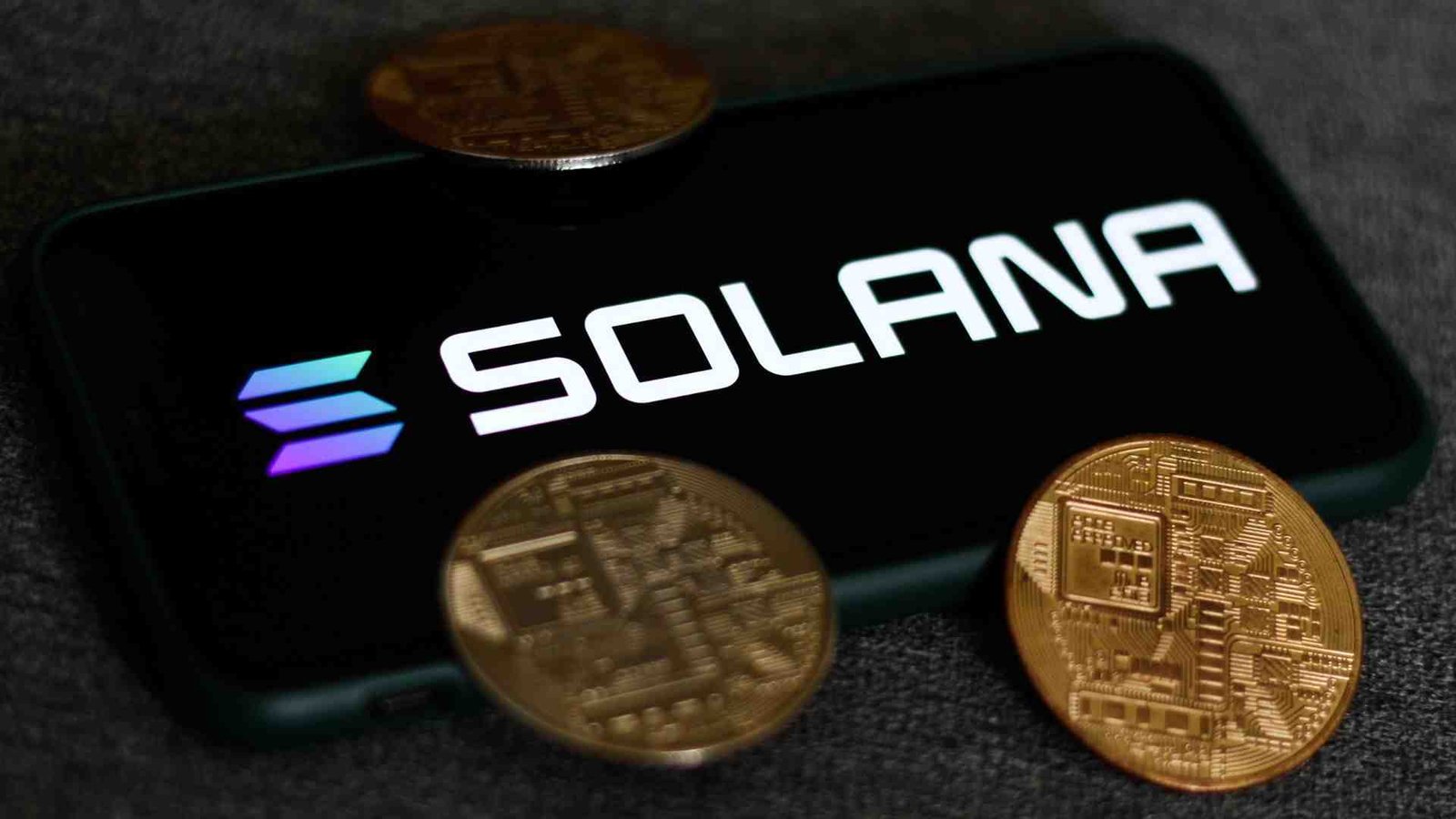WazirX Misleads Singapore Court and Delays User Funds, While Founders Focus on Shardeum
Introduction
WazirX, once India’s leading cryptocurrency exchange, is embroiled in a deepening crisis following a $235 million hack in July 2024, attributed to North Korea’s Lazarus Group. As 4.4 million users await access to their frozen funds, the Singapore High Court’s June 20, 2025, deadline for a response to WazirX’s parent company Zettai Pte Ltd’s revised restructuring proposal looms. Recent revelations that WazirX misled the court have further delayed fund distributions, frustrating users who could capitalize on the ongoing bear market to recover losses in an anticipated altseason. Meanwhile, WazirX co-founder Nischal Shetty’s silence on the crisis and his active promotion of Shardeum, his new Layer-1 blockchain venture, have fueled accusations of prioritizing personal gain over user welfare. This article examines WazirX’s legal missteps, the impact on users, the missed altseason opportunity, and Shetty’s controversial focus on Shardeum.
The WazirX Crisis: A Timeline of the $235 Million Hack
In July 2024, WazirX suffered one of the largest crypto heists in history, losing $235 million—45% of user funds—from a Safe Multisig wallet. The attack, linked to North Korea’s Lazarus Group, forced WazirX to freeze withdrawals, halting operations and leaving 4.4 million users unable to access their assets. Zettai, WazirX’s Singapore-based parent, sought a court-supervised restructuring under Singapore’s Scheme of Arrangement to avoid liquidation, promising users 75–80% recovery through token distributions and tradable Recovery Tokens (RTs). Key milestones include:
- January 2025: The Singapore High Court approved a 16-week moratorium, allowing Zettai to convene a creditor meeting. Over 93% of creditors, representing $195.6 million in claims, voted for the restructuring plan.
- April–May 2025: Zettai promised payouts within 10 business days of court approval, targeting a platform relaunch by mid-April. However, the May 13 hearing required further affidavits by May 23, extending the moratorium to June 6.
- June 4, 2025: The court rejected Zettai’s restructuring plan, citing regulatory lapses, including WazirX’s lack of registration with India’s Financial Intelligence Unit (FIU-IND).
- June 6, 2025: Zettai filed a request (case HC/SUM 940/2025) for “further arguments,” with a court response due by June 20.
The latest rejection has pushed user payouts into uncertainty, with fears of liquidation under Singapore’s Companies Act if the revised plan fails.
WazirX’s Misleading Actions: Delaying User Fund Distribution
WazirX’s handling of the restructuring process has drawn sharp criticism, particularly for misleading the Singapore High Court. The court’s June 4 rejection highlighted Zettai’s failure to register with FIU-IND, a critical oversight as WazirX operates in India via Zanmai Labs. This regulatory lapse invalidated the initial plan, despite 93.1% creditor approval. Zettai’s June 6 filing, seeking a 14-day window for further arguments, has been described as a last-ditch effort to salvage the restructuring.
Legal analysts argue WazirX’s team misrepresented its compliance status, delaying the process and undermining creditor trust. The court’s demand for additional affidavits in May and the subsequent rejection reflect WazirX’s inadequate preparation, pushing payouts beyond the promised April–May 2025 timeline. If the June 20 ruling denies Zettai’s revised plan, an appeal could stretch resolution into 2026 or beyond, with liquidation looming as a worst-case scenario, potentially yielding only 15–20% recovery at fire-sale prices.
Users have voiced frustration on X, warning on June 16, 2025, that WazirX may declare bankruptcy, predicting “another 2 years to get our 15% assets.” A user echoed this, calling the restructuring a “scam” and highlighting the risk of liquidation. These delays have locked users out of their funds during a critical market phase.

Missed Opportunities: Bear Market and Altseason Potential
The crypto market in June 2025 is in a bearish phase, with Bitcoin at $78,000 (down 25% from its $105,000 peak in December 2024) and altcoins like XRP ($2.13, -27% from $2.90). This bear run offers a strategic entry point for investors, as historical cycles (2017, 2021) show altcoins often surge during “altseason” following Bitcoin’s recovery. Analysts predict an altseason in Q3–Q4 2025, with XRP potentially hitting $5–$7 and smaller altcoins like Solana ($250) or Shiba Inu ($0.00005) doubling or tripling.
WazirX users, however, are sidelined, unable to invest their frozen funds. For example:
- A user with $10,000 in locked assets could buy 4,695 XRP at $2.13. If XRP reaches $5 in altseason, their holdings would be worth $23,475—a 134% gain.
- Investing in Solana at $150 (down from $300 in December 2024) could yield 66.67 SOL, worth $33,335 at $500 in a bullish Q4, a 233% return.
The delay in fund distribution, exacerbated by WazirX’s court missteps, has cost users the chance to recover losses by capitalizing on low prices. Users also lamented, “WazirX victims are deprived of these opportunities,” highlighting the bull run’s potential. Had payouts occurred in April 2025 as promised, users could have reinvested during the May dip (Bitcoin at $65,000), maximizing gains.
Nischal Shetty’s Focus on Shardeum: A Betrayal of User Trust?
Amid WazirX’s turmoil, co-founder Nischal Shetty’s silence has drawn ire. Since the hack, Shetty has issued no public apology or detailed recovery plan, despite earlier promises of transparency. Instead, he has actively promoted Shardeum, his Layer-1 blockchain venture, which recently secured MiCA whitepaper acknowledgment for European operations under EU crypto regulations. Shardeum, mentioned in Shetty’s X bio despite claims of distancing himself, aims to compete with chains like Solana and Sonic, boasting scalability and low-cost transactions.
Shetty’s focus on Shardeum, launched in 2022 and gaining traction in 2025, coincides with WazirX’s stagnation. On June 10, 2025, Shetty celebrated Shardeum’s MiCA milestone on X, while WazirX’s restructuring faltered. Critics argue this reflects a deliberate shift to capitalize on the altseason with Shardeum’s $SHM token, listed on major exchanges in May 2025. Wazirx users have also called Shardeum a “scam,” noting $SHM’s 80% drop for ICO investors, paralleling WazirX’s $WRX token’s 98% loss. Many users also demanded Shetty sell Shardeum shares to compensate WazirX users, accusing him of abandoning them.
Shetty’s defenders, including his December 7, 2024, X post, argue he’s working on WazirX’s restructuring while denying “misleading narratives” comparing him to fraudster Harshad Mehta. Yet, his lack of user-facing communication—contrasted with Shardeum’s aggressive marketing—suggests a prioritization of personal projects over user welfare. If Shardeum’s $SHM surges in altseason, Shetty stands to gain significantly, while WazirX users remain locked out of market opportunities.
SEO Tip: “Nischal Shetty Shardeum” and “WazirX founder controversy” target readers interested in leadership accountability.
WazirX’s Legal and Operational Challenges
WazirX’s troubles extend beyond the court:
- Regulatory Lapses: Zettai’s unregistered status with FIU-IND and WazirX’s operation via Zanmai Labs highlight compliance failures, undermining the restructuring plan’s legitimacy.
- Panama Relocation: Reports of WazirX shifting to Panama under Zensui Corporation, a jurisdiction with lenient crypto regulations, raise concerns about transparency and accountability.
- Asset Recovery: WazirX froze $3 million in stolen USDT in January 2025, but recovering the remaining $232 million is unlikely, as the Lazarus Group laundered funds via Tornado Cash.
- User Backlash: The affected users as well as influencers criticizes WazirX’s delays and Shetty’s silence, demanding immediate payouts.
The proposed restructuring, if approved, would distribute 75–80% of funds in tokens within 10 days, with 15–20% via RTs over 2–3 years, tied to WazirX’s profits and a planned decentralized exchange (DEX). However, the court’s skepticism and Zettai’s $18 million restructuring cost, funded without reserving user assets, raise doubts about execution.
Impact on Users and the Indian Crypto Ecosystem
The delays have broader implications:
- User Losses: With $195.6 million in claims, users face significant financial strain, unable to leverage the bear market’s low prices for altseason gains.
- India’s Crypto Reputation: The hack, coupled with India’s Supreme Court dismissing a victims’ petition in April 2025 due to regulatory gaps, highlights India’s lack of investor protections despite a 30% crypto tax.
- Market Sentiment: The crypto market’s $3.27 trillion cap in June 2025, down from $4 trillion in December 2024, offers recovery potential, but WazirX’s inaction risks alienating India’s 20 million crypto users.
Many users also pointed out that if liquidation occurs, users may recover only 15%, devastating retail investors.
The Altseason Opportunity: Why Timing Matters
The crypto market’s cyclical nature makes WazirX’s delays particularly costly. Altseason, typically following Bitcoin’s halving (April 2024), sees altcoins outperform. Analysts predict:
- Q3 2025: Bitcoin recovering to $90,000–$100,000, triggering altcoin rallies.
- Top Performers: XRP ($5–$7), Solana ($400–$500), and emerging tokens like Shardeum’s $SHM could see 2–5x gains.
- Historical Precedent: In 2021, altcoins like Cardano and Dogecoin surged 10–50x during altseason.
WazirX users, locked out of funds, miss this window. A $5,000 portfolio invested in Solana at $150 in June 2025 could reach $16,667 at $500, offsetting hack losses. Shetty’s Shardeum, with $SHM trading at $0.20 post-ICO, could benefit from this rally, potentially hitting $1–$2, enriching Shetty while users languish.
What’s Next for WazirX and Its Users?
The June 20, 2025, court ruling is pivotal:
- Approval: Zettai could distribute 75–80% of funds by July, enabling users to invest in altseason, though RTs’ long-term value is uncertain.
- Rejection: An appeal or liquidation could delay payouts to 2026–2030, with minimal recovery.
- User Actions: Users must verify accounts on WazirX’s First Distribution page and monitor updates via official channels, though communication remains sparse.
Shetty’s role remains contentious. If Shardeum succeeds, pressure may mount for him to fund WazirX recoveries, as pointed out by many users.
Conclusion
WazirX’s misleading actions in the Singapore High Court have indefinitely delayed user fund distributions, locking 4.4 million users out of a critical bear market opportunity ahead of a potential 2025 altseason. The $235 million hack, compounded by regulatory lapses and Zettai’s rejected restructuring plans, has left users stranded, with a June 20, 2025, ruling as their last hope for timely recovery. Nischal Shetty’s focus on Shardeum, poised to capitalize on altseason with its $SHM token, starkly contrasts with his silence on WazirX, fueling accusations of neglecting user welfare. As India’s crypto community demands accountability, WazirX’s saga underscores the need for robust regulation and leadership transparency. Users face a race against time to reclaim funds and seize market opportunities, while Shetty’s priorities remain under scrutiny.




